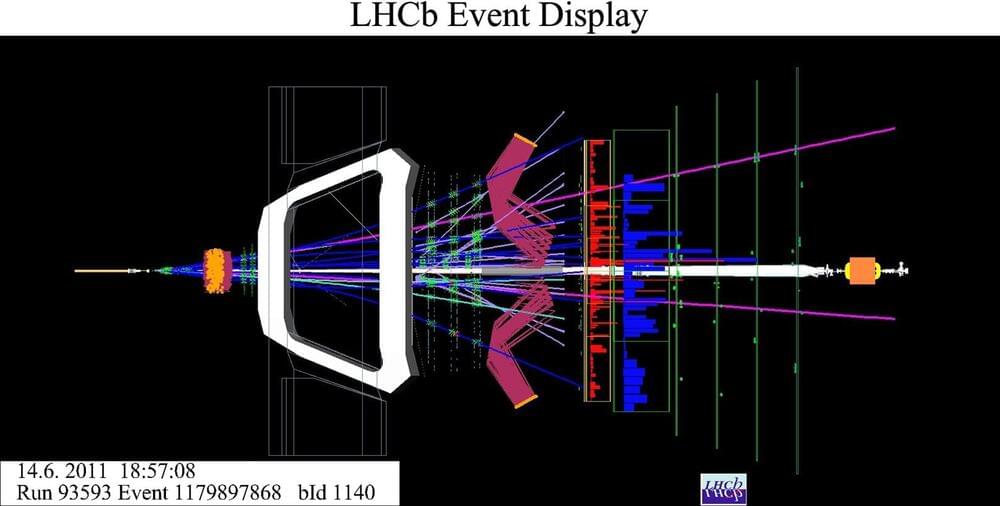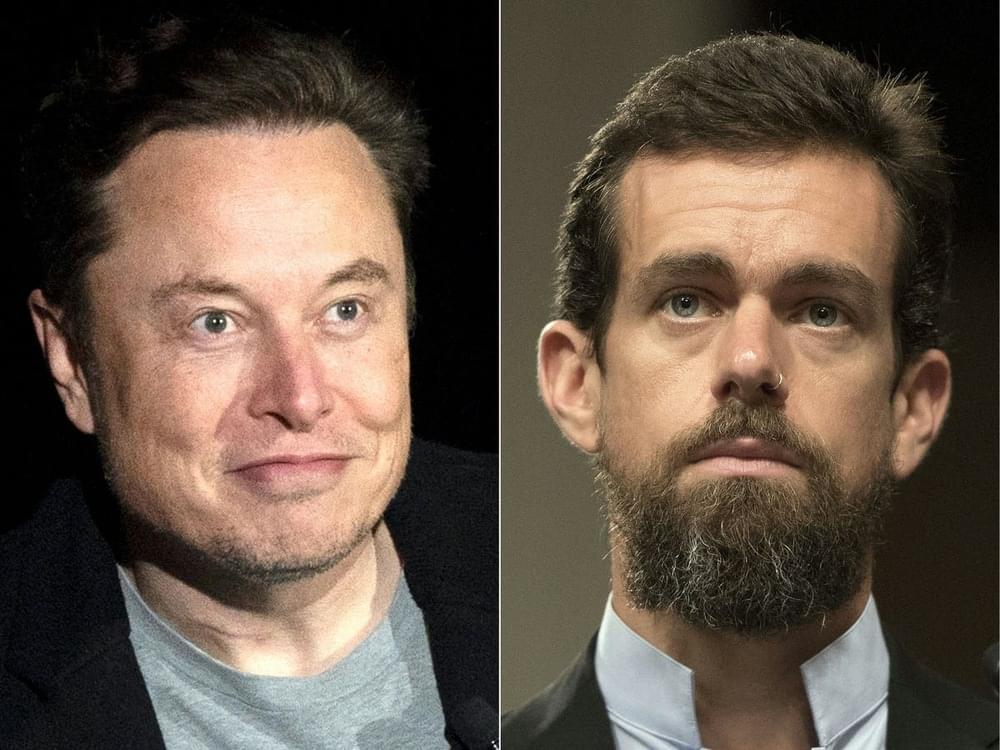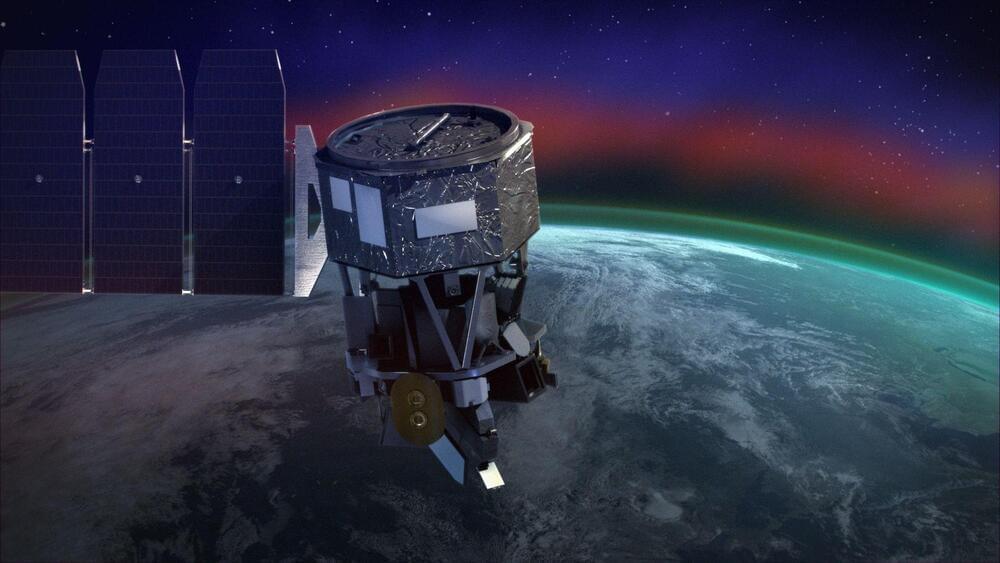The Large Hadron Collider Beauty (LHCb) experiment at CERN is the world’s leading experiment in quark flavor physics with a broad particle physics program. Its data from Runs 1 and 2 of the Large Hadron Collider (LHC) has so far been used for over 600 scientific publications, including a number of significant discoveries.
While all scientific results from the LHCb collaboration are already publicly available through open access papers, the data used by the researchers to produce these results is now accessible to anyone in the world through the CERN open data portal. The data release is made in the context of CERN’s Open Science Policy, reflecting the values of transparency and international collaboration enshrined in the CERN Convention for more than 60 years.
“The data collected at LHCb is a unique legacy to humanity, especially since no other experiment covers the region LHCb looks at,” says Sebastian Neubert, leader of the LHCb open data project. “It has been obtained through a huge international collaborative effort, which was funded by the public. Therefore the data belongs to society.”






